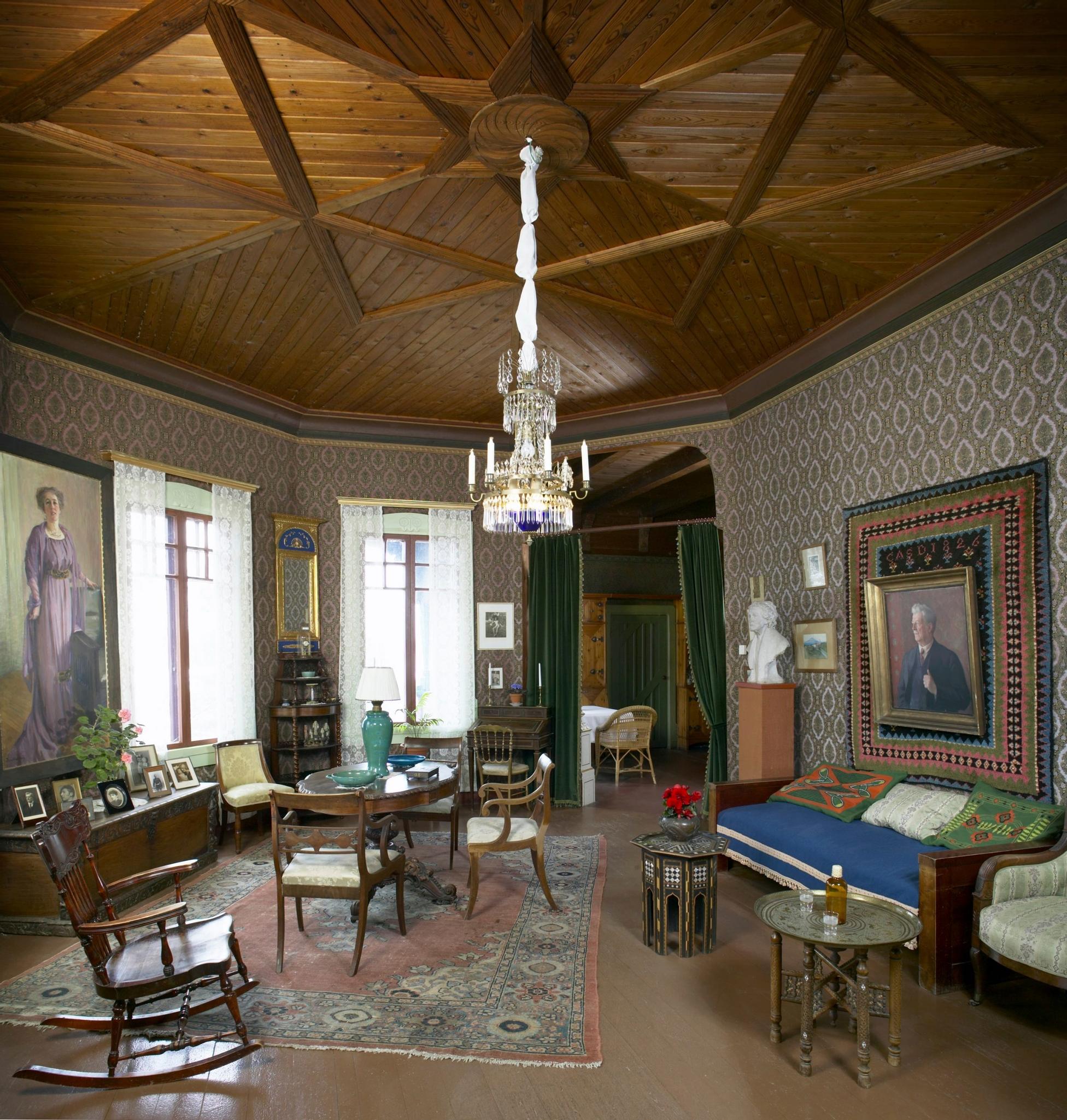
Here are Finland’s most captivating home museums—six destinations worth traveling from afar
Home museums offer a look into everyday life and intriguing human destinies. We’ve selected six varied home museums in Finland whose former residents’ stories and interiors make an unforgettable impression on visitors.
Visiting a home museum is an immersive and often intimate way to explore the past. In just a moment, you can step into the world of a wealthy bourgeois family, cultural elite, factory workers, or even a famous architect. You might feel as if the residents have just stepped out, leaving you free to wander quietly through their home.
There are many home museums in Finland, and especially in the summer, plenty of places open their doors—local heritage museums, manor houses, late-19th-century bourgeois homes, workers’ apartments, and the residences of prominent figures.
Some of the most inspiring places are the homes of famous artists, where you can also see the creative process. Their studios let you glimpse into the everyday work of making art and the sketches that became finished pieces. Artist homes often stand out for their architecture and interior design, offering unique ideas for your own décor. Meanwhile, the guides’ stories about the residents add a vivid, personal aspect to your visit.
Ett Hem: Alfred, Hélène, and a passion for collecting
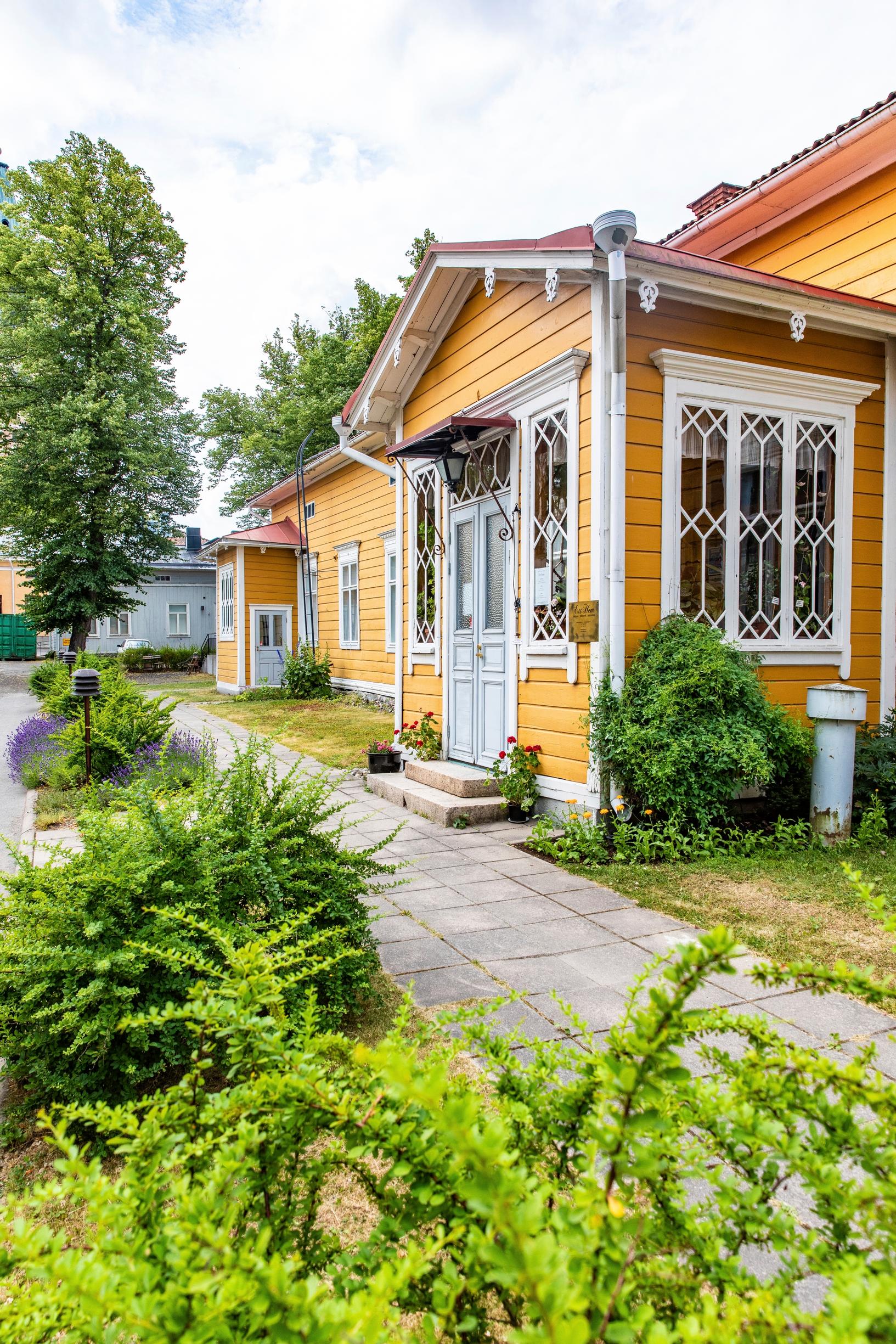
Located near Turku Cathedral, Ett Hem captures the spirit of a well-to-do turn-of-the-20th-century bourgeois home. Its furnishings belonged to a couple from Turku, Consul Alfred Jacobsen (1841–1931) and his wife, Consul Hélène Jacobsen (1854–1928), who had a strong interest in theosophy and mysticism.
Ett Hem is decorated in an opulent late 19th–early 20th century style, with an abundance of gold, ornamentation, color, and textiles. Its interior blends inherited antique furniture, grand revival styles, and high-quality art.
Every room displays numerous paintings, sculptures, and decorative objects that the couple collected from top Finnish artists of the period. Golden Age masters are particularly well represented, including Elin Danielson-Gambogi, Albert Edelfelt, Gunnar Berndtson, Victor Westerholm and Akseli Gallen-Kallela. One room is dedicated entirely to their collection of china.
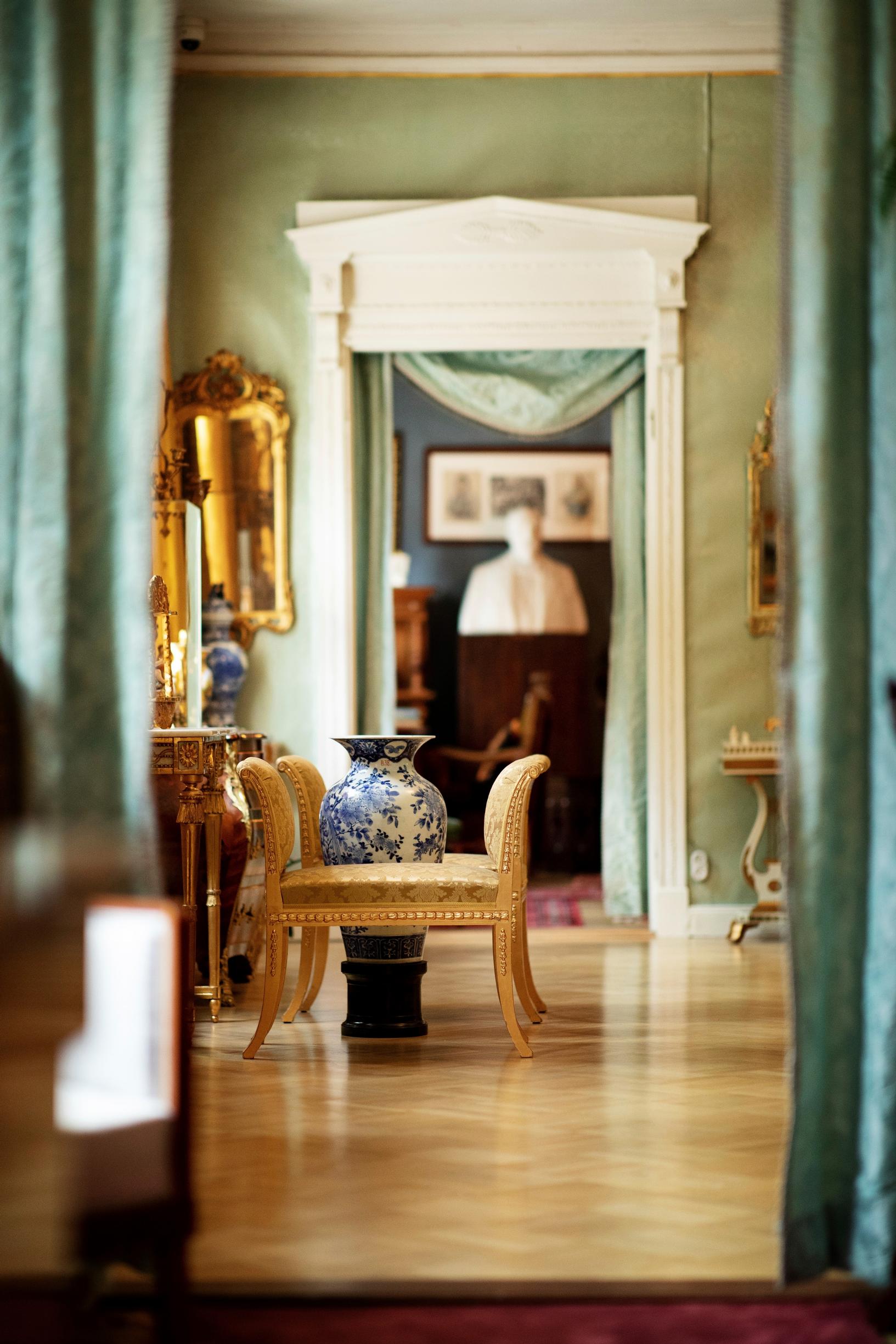
Surprise! The porch sells cuttings taken from the home’s houseplants.
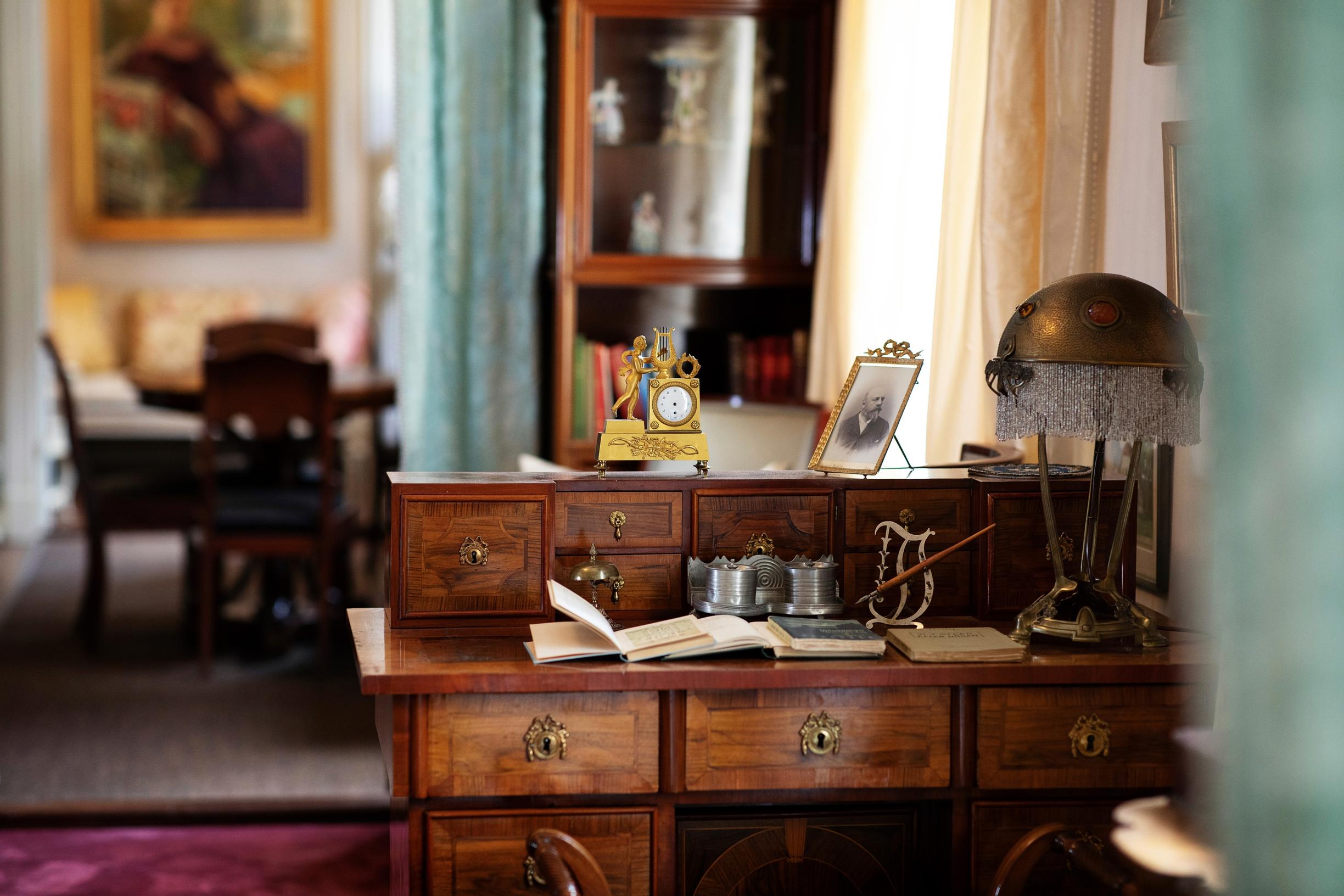
Särestöniemi Museum: Reidar’s most beautiful landscapes
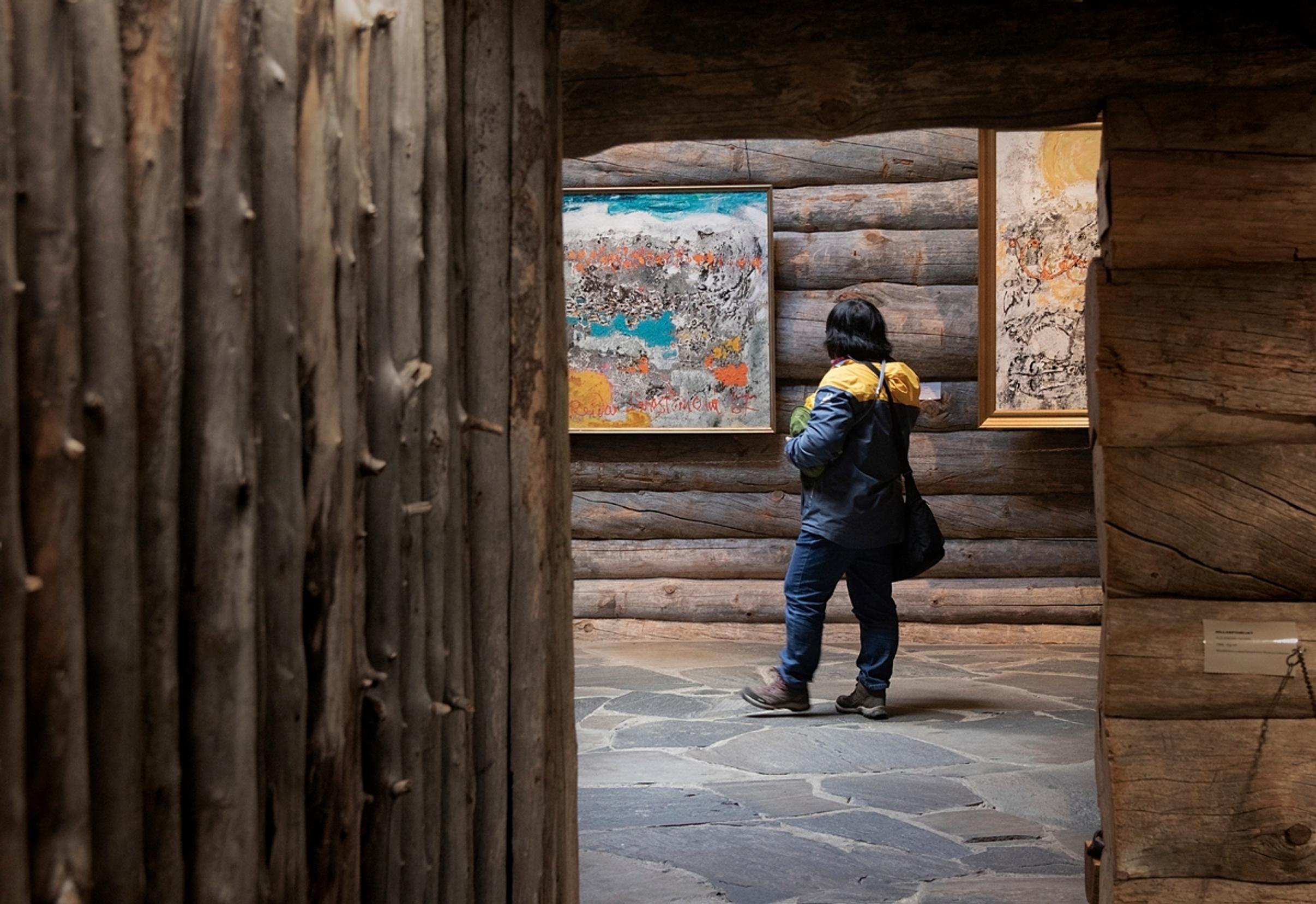
The Särestöniemi Museum in Kaukonen, Kittilä, sits in a secluded spot in the heart of majestic Lapland. The treeless summit of Ylläs rises on the horizon, while Finland’s mighty Ounasjoki River flows nearby.
Featuring the life’s work of painter Reidar Särestöniemi (1925–1981), the museum includes several buildings. The oldest section is his childhood home, Old Särestö, complete with its original courtyard. Later, in the 1970s, the artist built a striking studio near his childhood home to replace an earlier building that had burned down. Visitors can explore the studio and the private rooms of this artist, who was quite famous in his day.
In a separate gallery, you’ll find Särestöniemi’s vivid, dynamic paintings, inspired by his own life, Lapland’s nature, and local stories. They’re beautifully displayed in a rugged structure built from dry pine logs.
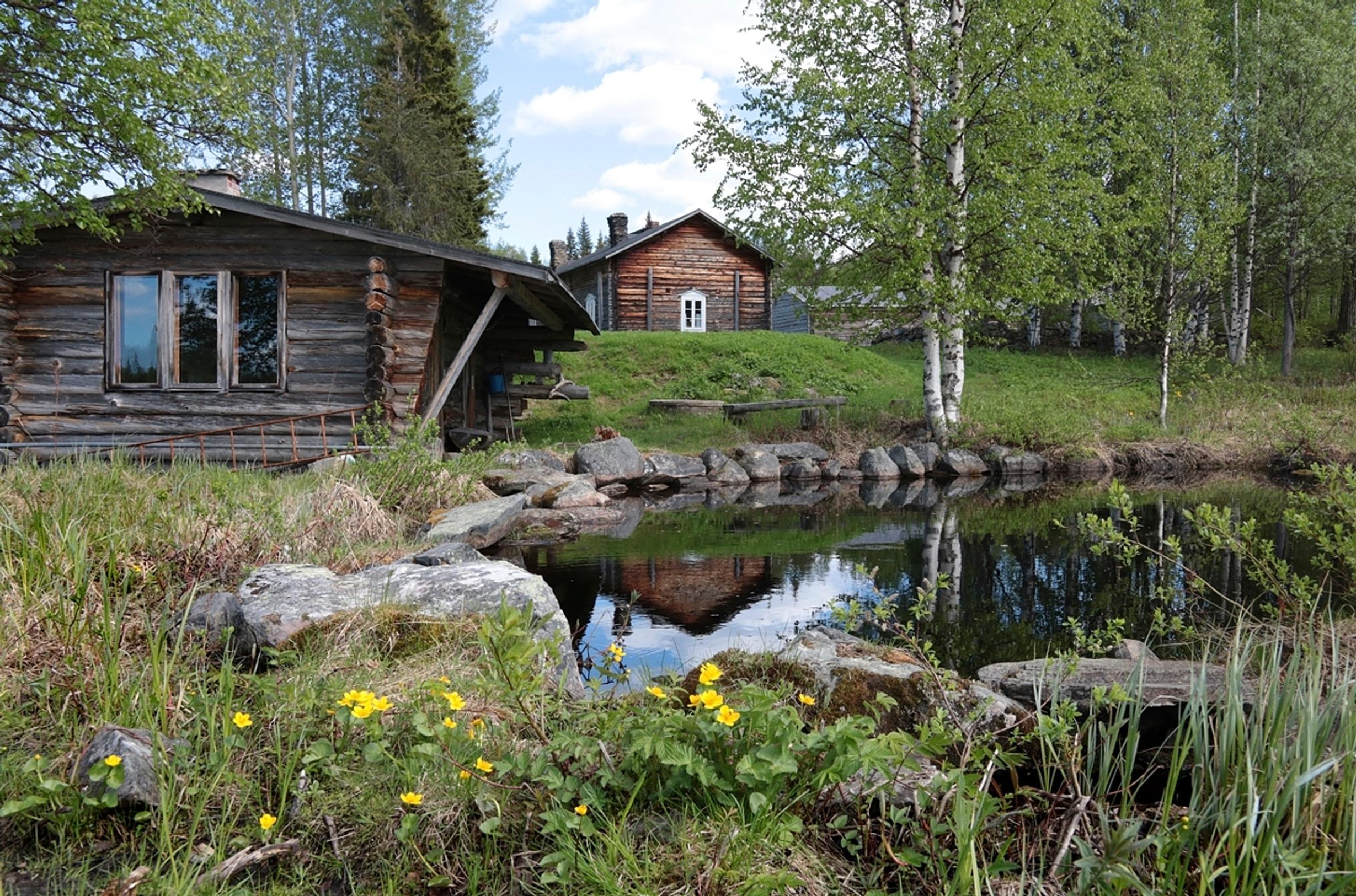
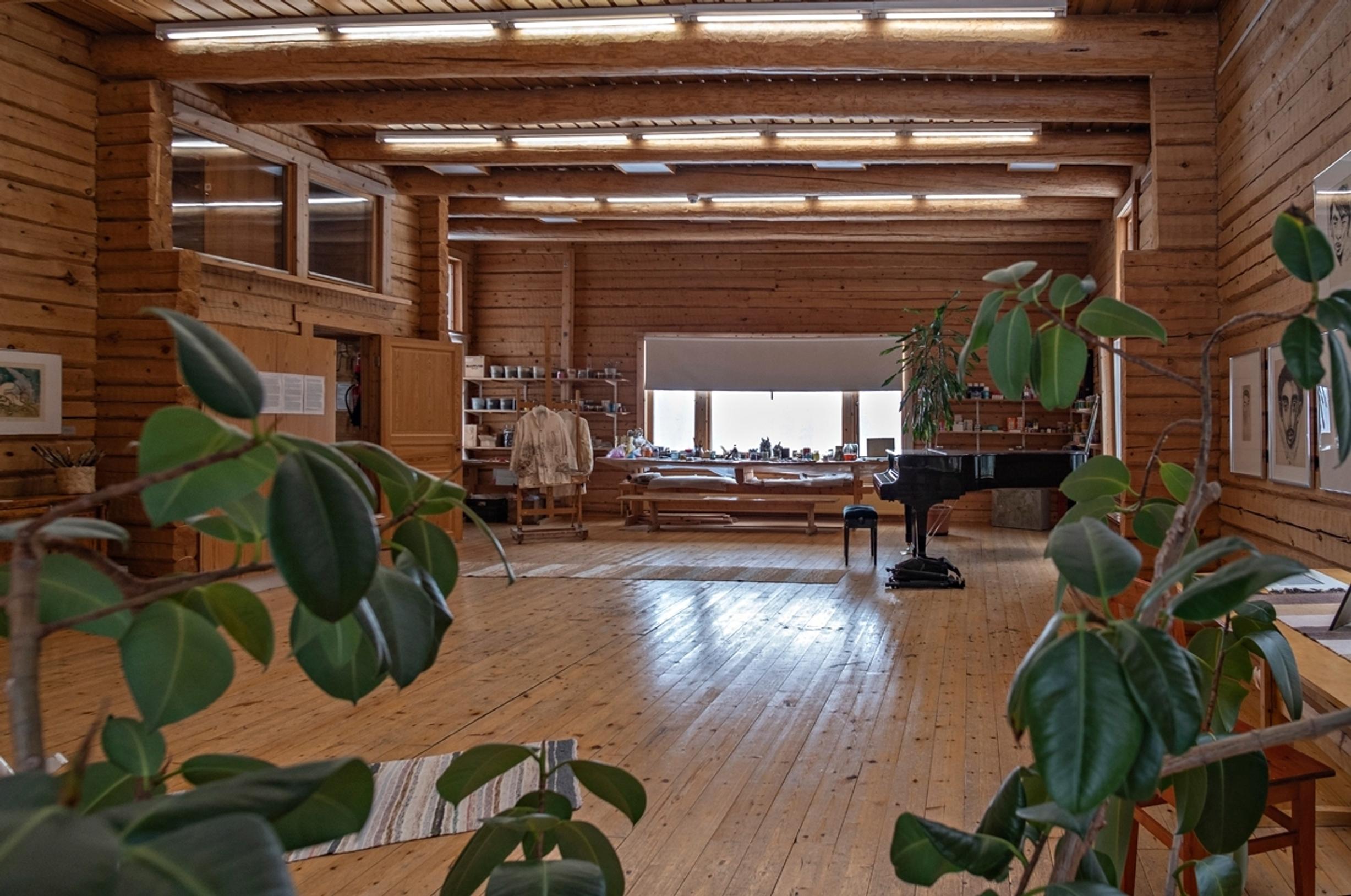
Surprise! On the second floor of the gallery, you’ll find a shimmering emerald-green swimming pool, where the artist liked to take an evening swim after the sauna.
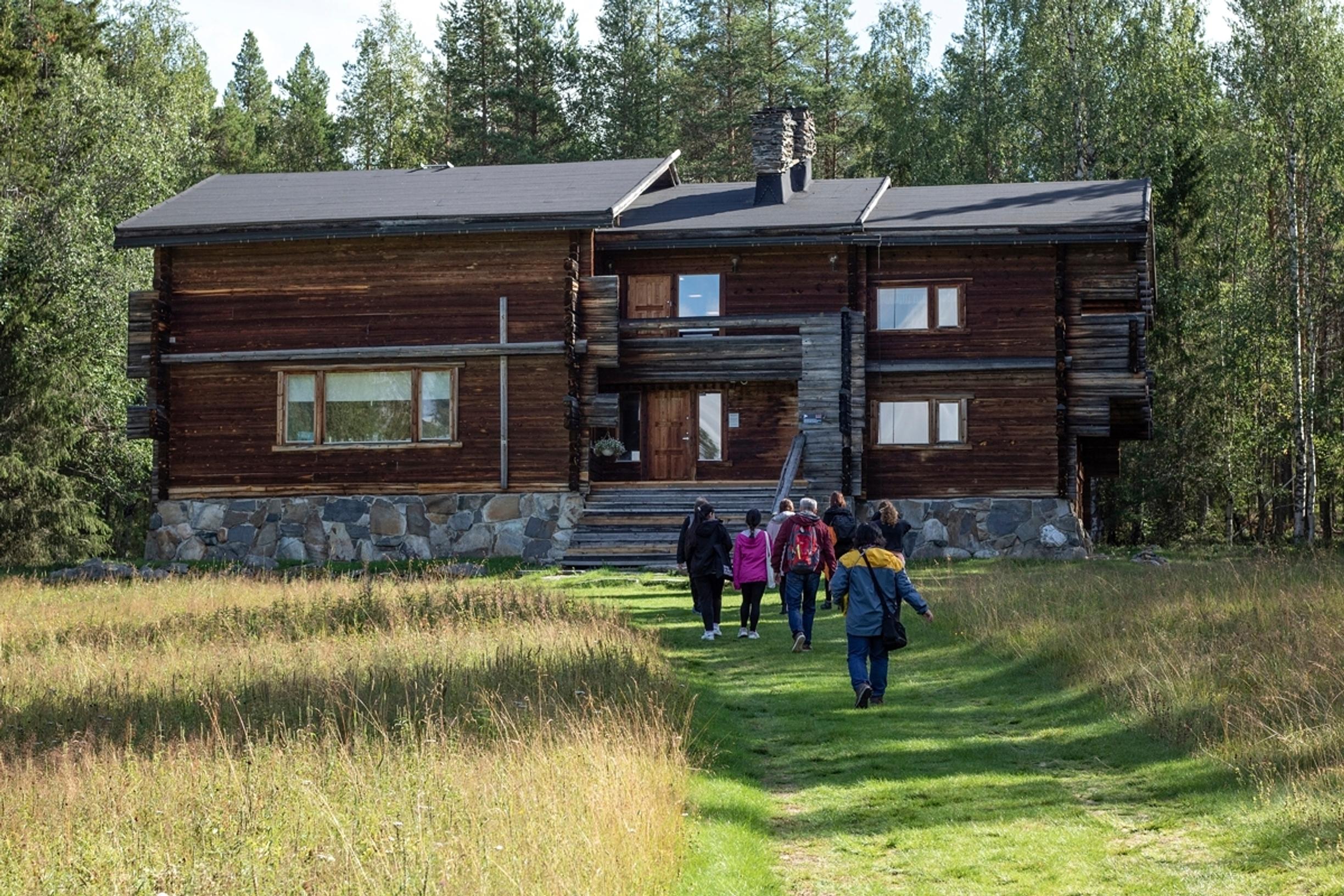
Nissbacka: Laila Pullinen’s bohemian house and sculptures
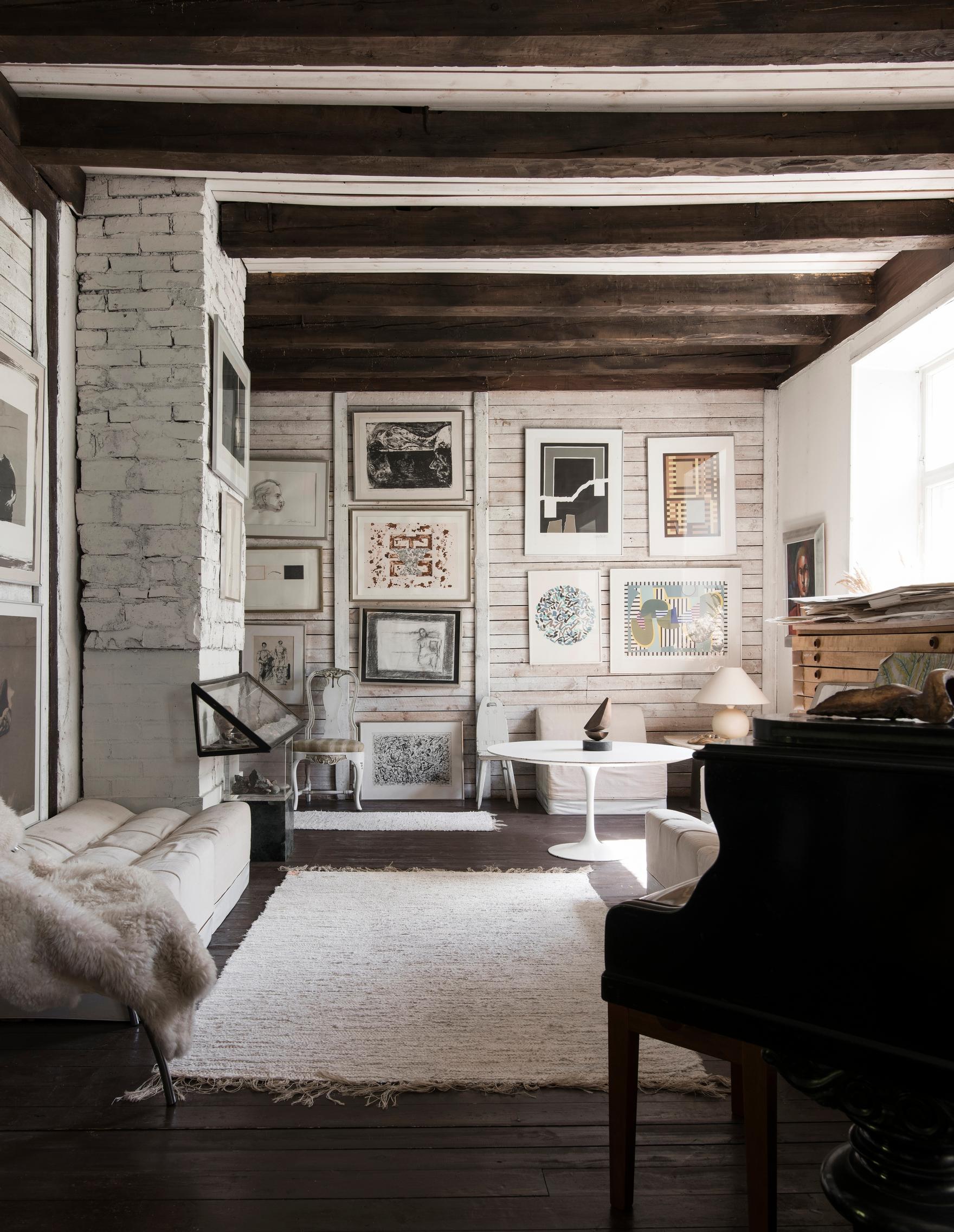
Laila Pullinen’s sculpture park and home museum are set in a lush cultural landscape in eastern Vantaa. Pullinen lived and worked in the estate manager’s house on the Nissbacka manor grounds, and her sculptures fill the entire property.
In Laila Pullinen’s richly detailed, memory-filled artist home, the walls display her own sculptures and drawings, as well as pieces by her fellow artists. The outbuildings include Pullinen’s studio, which contains sketches, molds, and a sculptor’s tools that show the physically demanding nature of her artistic process.
Inside the granary building, you can see sculptures made between the 1950s and 2000s. Laila Pullinen holds a top spot in Finnish art, transforming sculpture with works once viewed as daring.
Out on the grounds beneath old broadleaf trees, about twenty large bronze sculptures are on view. Pullinen also created striking earthworks on the property.
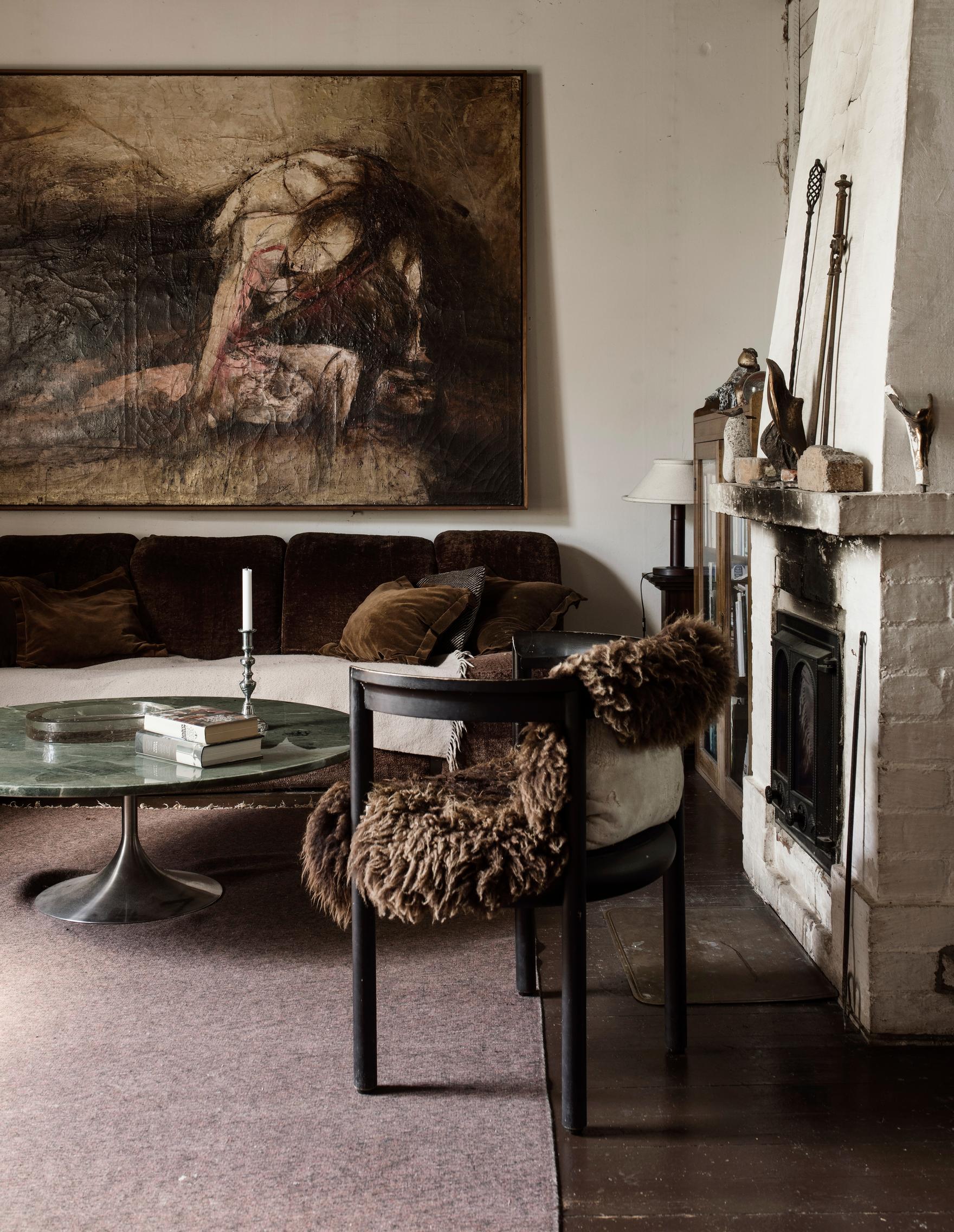
Surprise! Approaching the manor, you’ll first notice a massive land sculpture known as Ancient Sea.
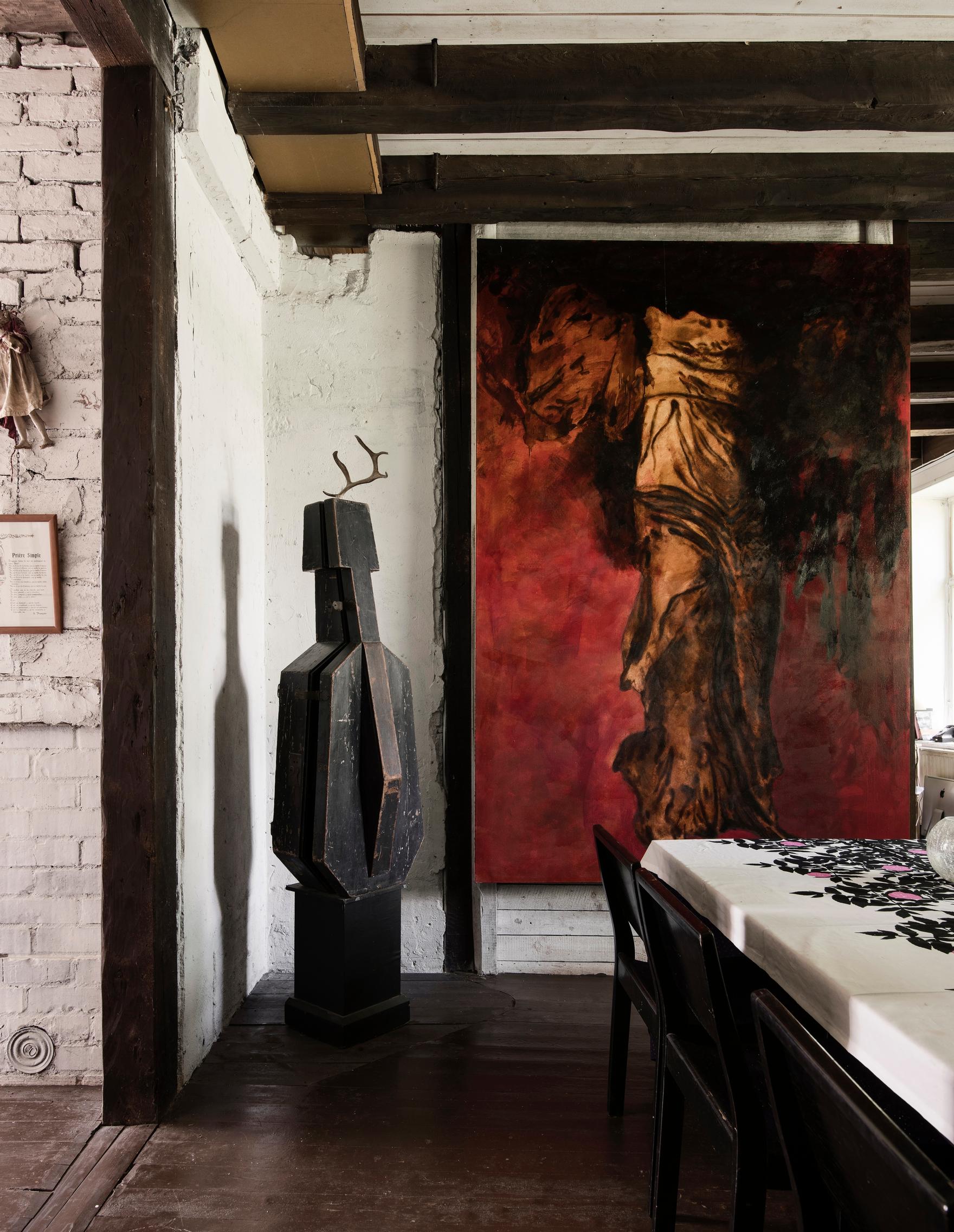
Muuratsalo Experimental House: Alvar’s playground
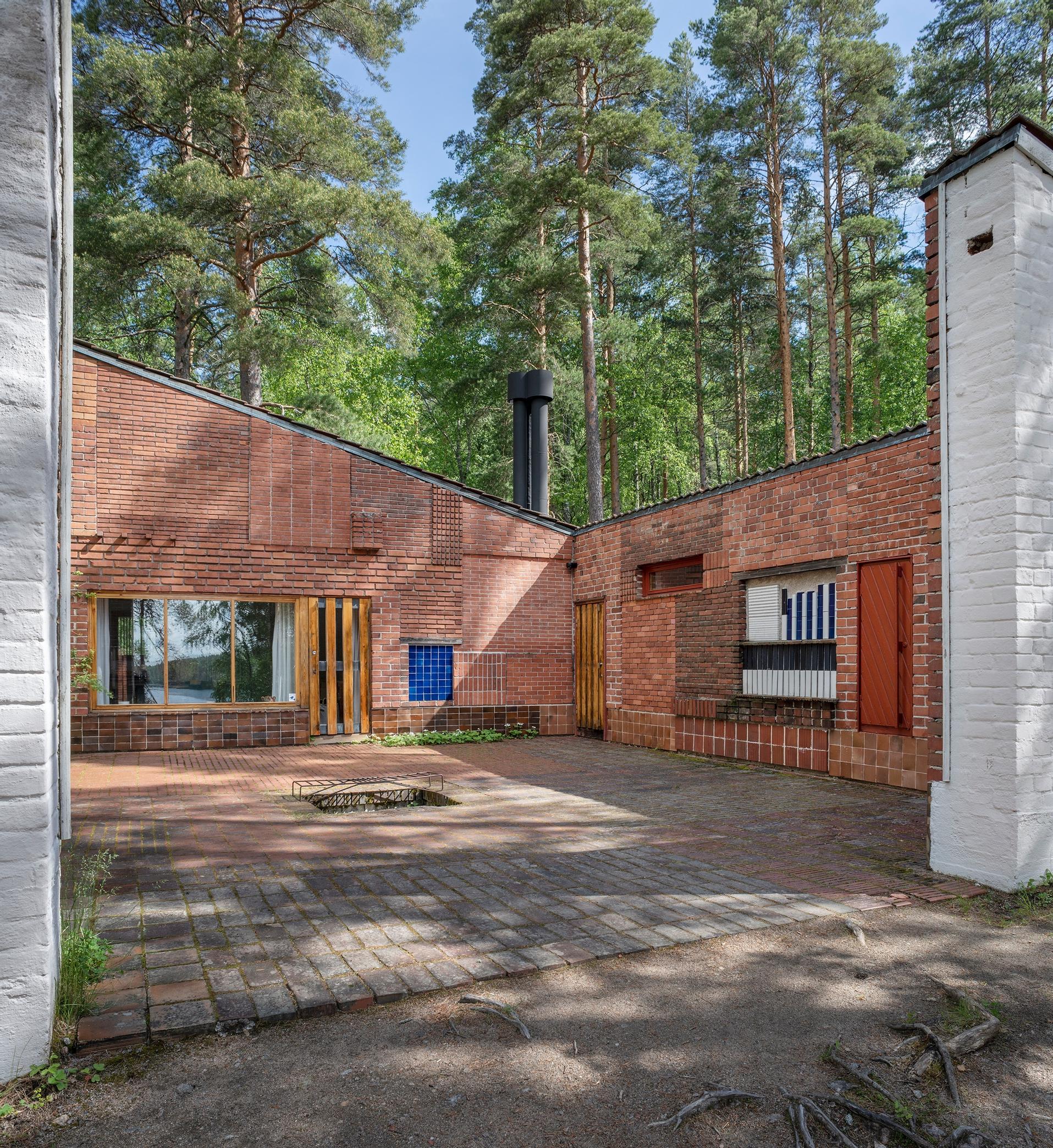
Alvar Aalto spent his summers with his wife, Elissa, on Muuratsalo Island in Lake Päijänne near Jyväskylä. From 1952 to 1954, they built a summer villa there, around the same time they were designing the now world-famous Säynätsalo Town Hall.
This summer home is called the Experimental House because Aalto used the construction to try out various new building methods. For example, about fifty different masonry experiments were introduced on the courtyard walls and floors. The walls still look like a patchwork of different brick and tile designs.
Aalto’s Experimental House covers about 120 square meters and is entirely modern, with no rustic or traditional Finnish elements. It seems more influenced by Southern European or even ancient Roman architecture. The Experimental House can only be seen on guided tours.
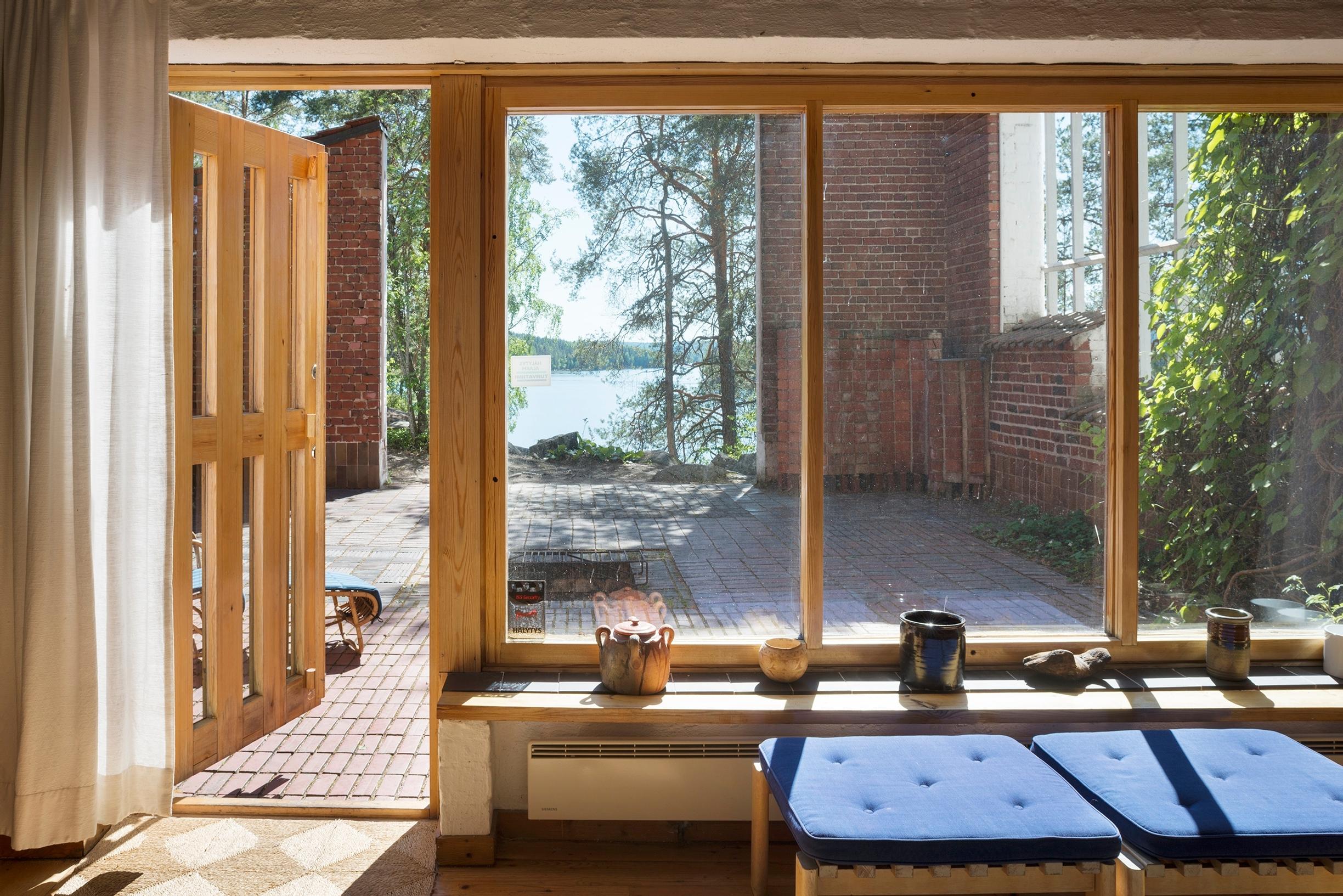
Surprise! Besides seeing the main residence, the guided tour also visits the Aaltos’ smoke sauna, a log structure with a turf roof built on natural stones.
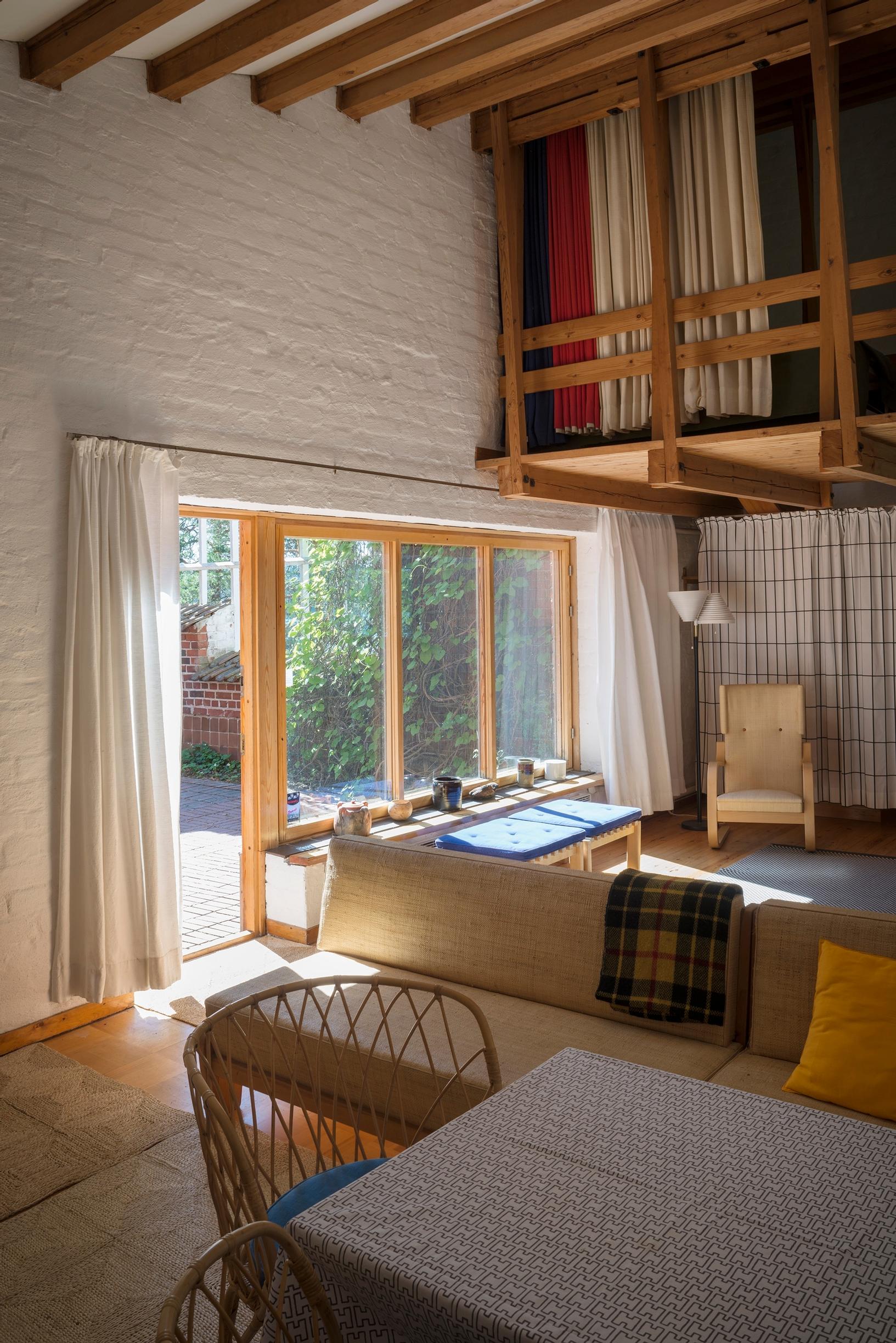
Wolkoff House: Secrets of four generations
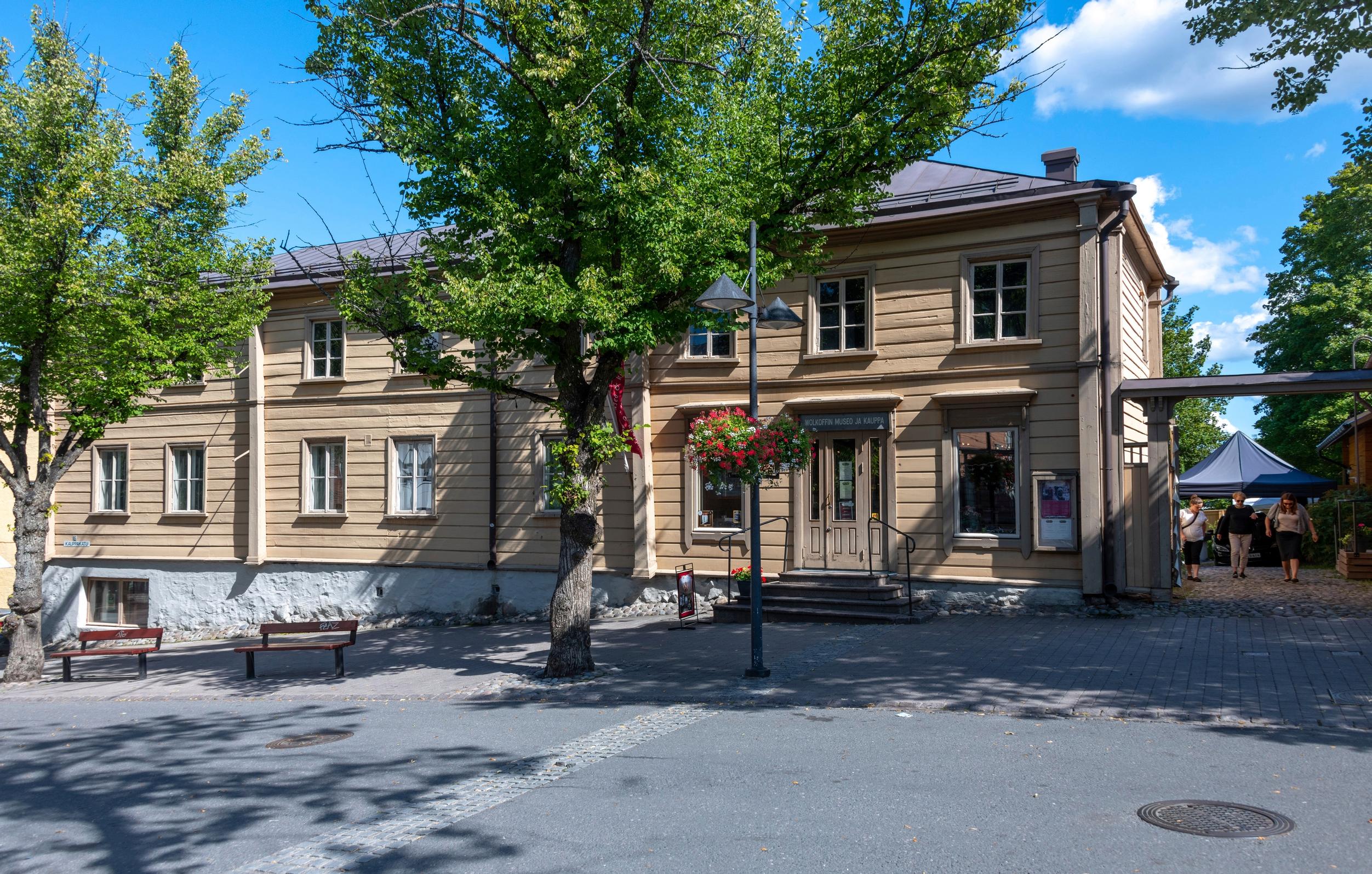
In central Lappeenranta, just steps from the town hall, is the Wolkoff House Museum. This lovely wooden building is one of the oldest still standing in the city. It was originally put up in the 1820s by merchant Jacob Claudelin as a shopfront. In the 1870s, Ivan Wolkoff purchased it after moving from Russia, and three more generations of the Wolkoff family lived there in turn.
When Anna Wolkoff passed away, the family donated the building for museum use. The Wolkoffs had resided there from 1872 until 1983. The home museum has preserved its authentic atmosphere in every detail.
This roughly 250-square-meter apartment is furnished with Finnish and Russian pieces belonging to the Wolkoffs. It’s a rich blend of different eras and cultures—a genuine layering of styles, trinkets, and countless details.
The old storefront is now a museum shop, and tours of the Wolkoff House start there.
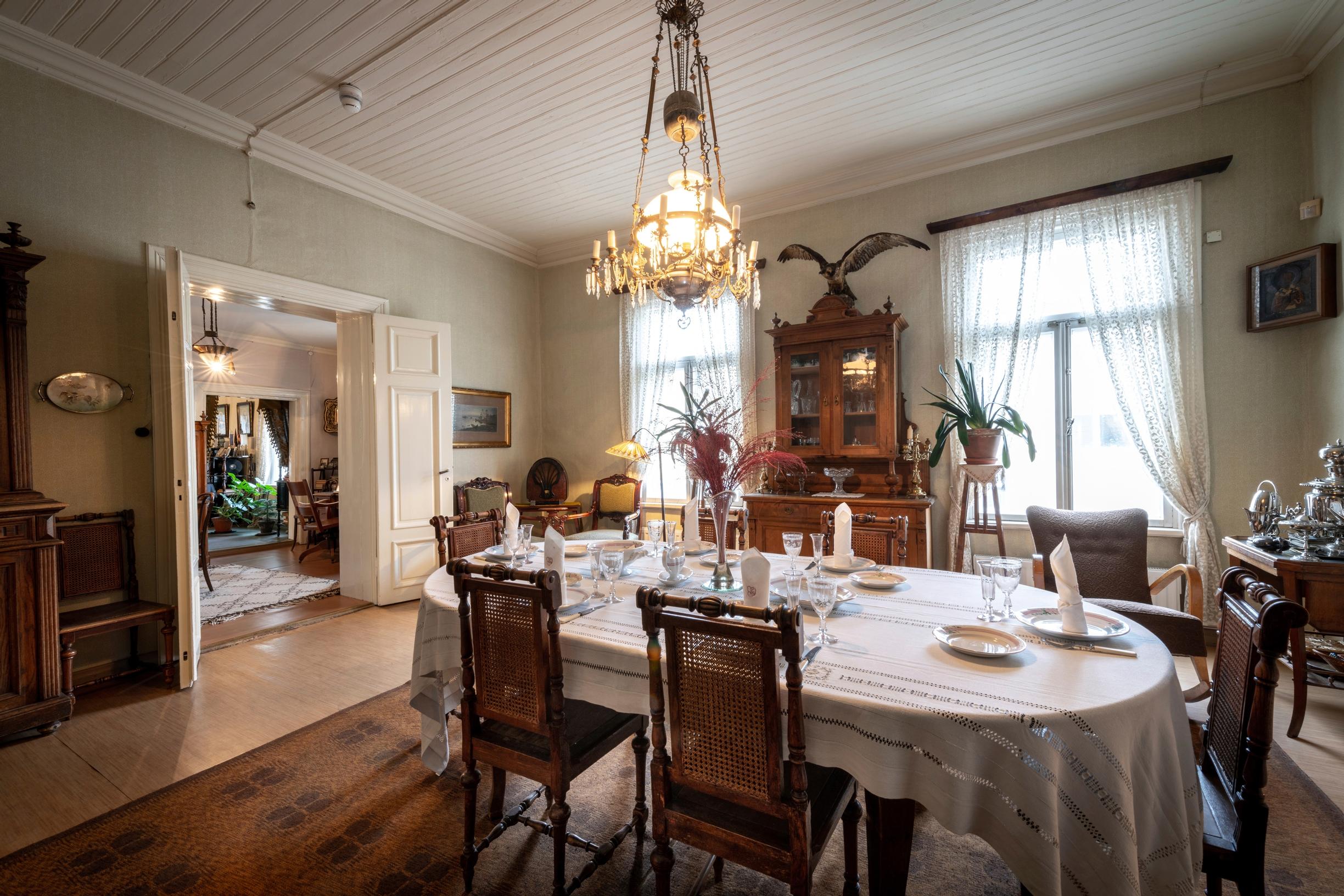
Surprise! During Easter and Christmas, the Wolkoff House Museum is lovingly decorated with the family’s traditional ornaments.
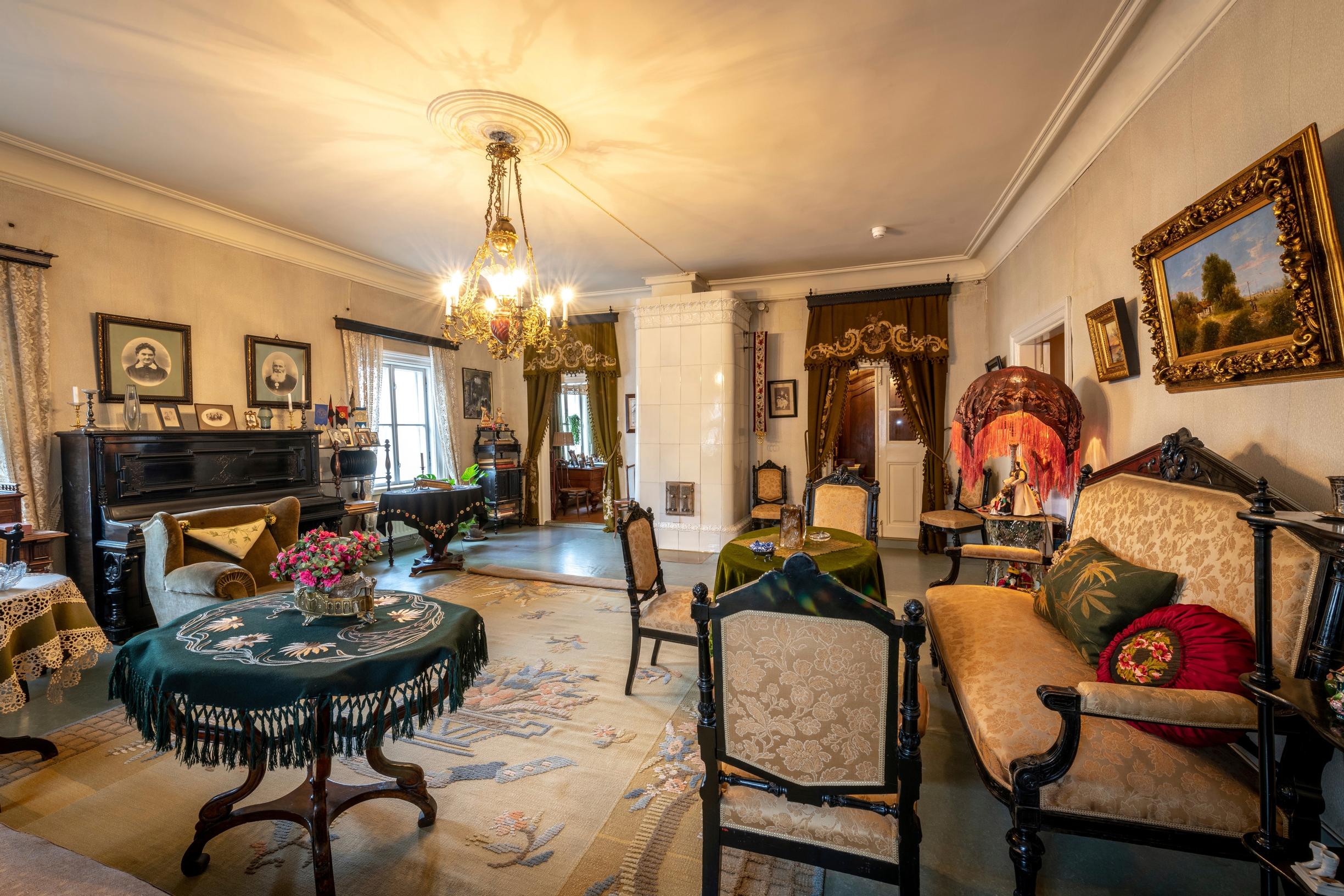
Visavuori: The Wikströms’ log castle
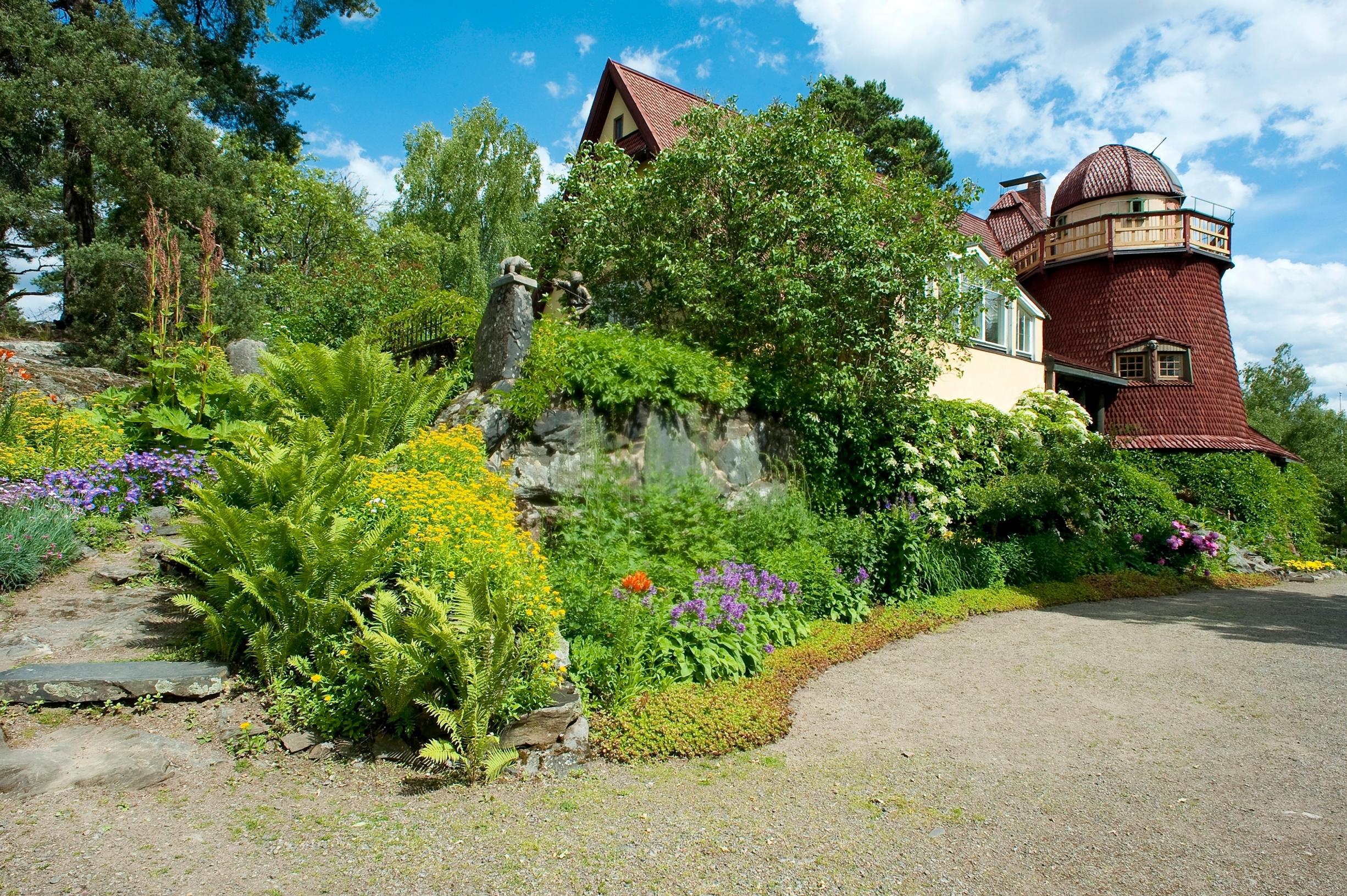
Sculptor Emil Wikström began designing his National Romantic studio-home after earning his first major commission, the reliefs for the House of the Estates, in 1893. For this home, he traveled into the depths of Kalevala country, and by 1896 he had completed a grand log castle with a Karelian twist in Visavuori. Unfortunately, a fire sparked by a stray ember destroyed it just a few years later.
A decade later, Wikström came back to build in Visavuori, this time putting his studio and home in separate structures. First was the log house in 1902, decorated with a mix of Karelian motifs, upper-class style, and influences from his years in Paris. Emil and Alice Wikström’s cultural home has remained unchanged.
By 1903, he had completed the sculptor’s studio, shaped like a church—a “Temple of Work” with a steep shingle roof and an observatory tower. Inside, you’ll find sketches and plaster casts of this prolific artist’s famous sculptures.
Surprise! You can also arrive in Visavuori by boat during the summer.
